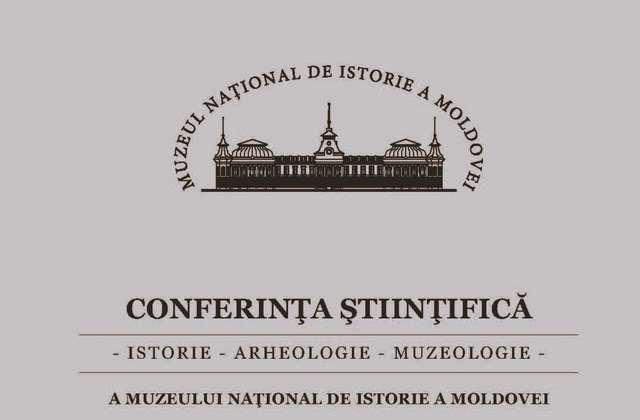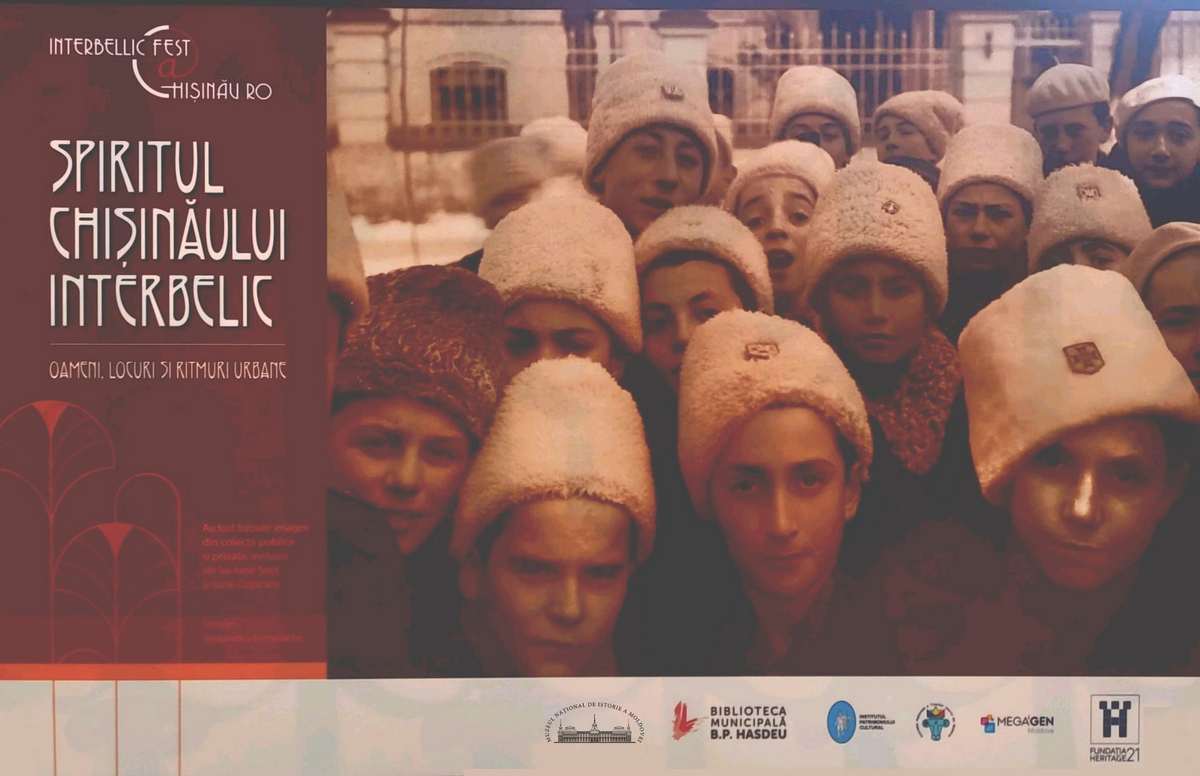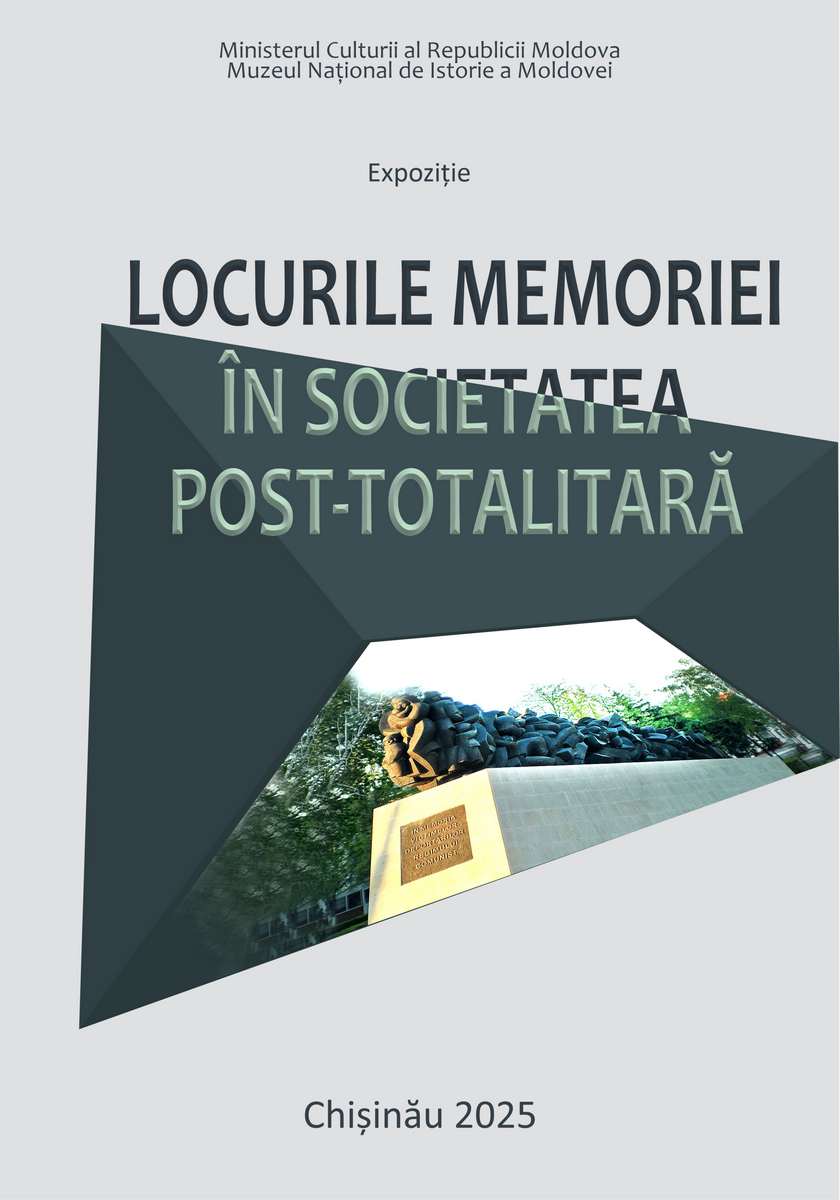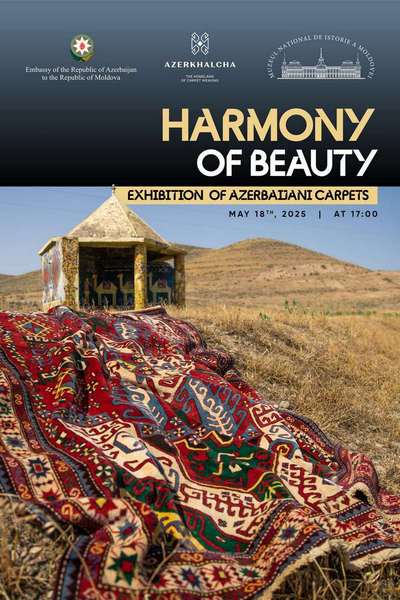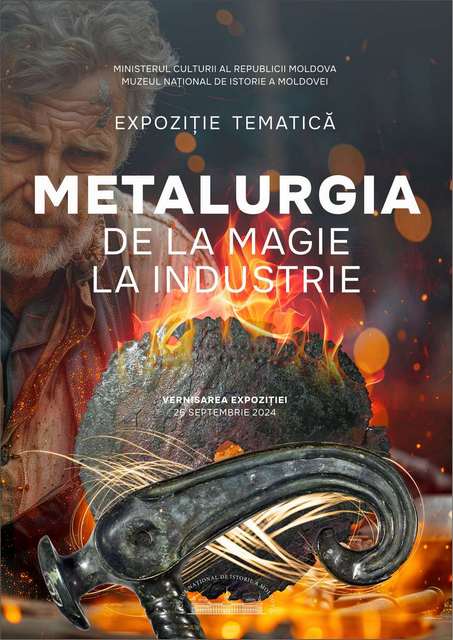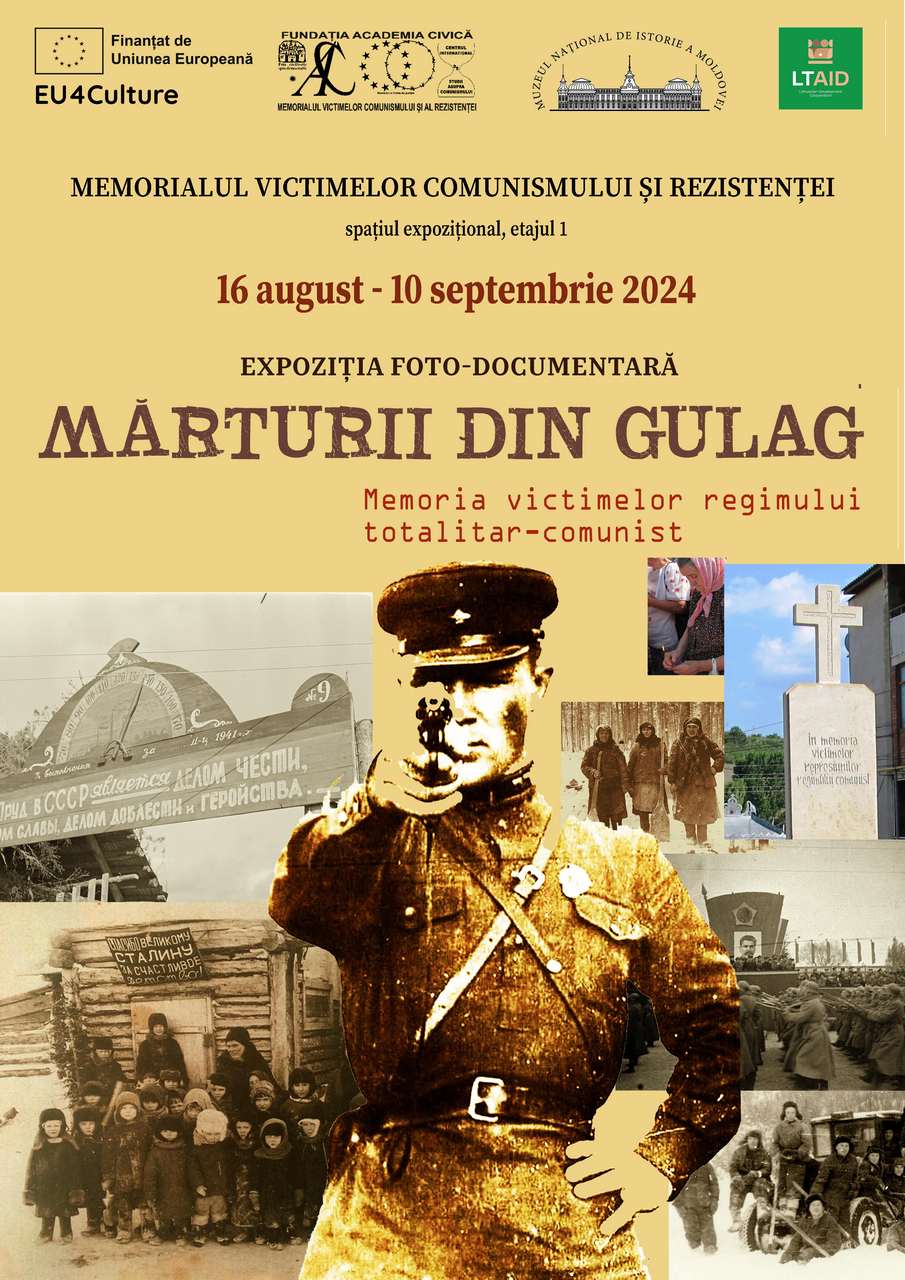 The National Museum of History of Moldova, in partnership with the Civic Academy Foundation - Memorial to the Victims of Communism and Resistance in Romania and with the financial support of the EU4Culture Program, organizes on August 16, 2024, at 4:00 p.m., a new opening of the traveling exhibition "Testimonies from the Gulag: the memory of the victims of the totalitarian-communist regime".
The National Museum of History of Moldova, in partnership with the Civic Academy Foundation - Memorial to the Victims of Communism and Resistance in Romania and with the financial support of the EU4Culture Program, organizes on August 16, 2024, at 4:00 p.m., a new opening of the traveling exhibition "Testimonies from the Gulag: the memory of the victims of the totalitarian-communist regime".
The establishment of the Soviet occupation regime in the territories to the left of the Prut River had dramatic consequences, felt by the society of the Republic of Moldova until today. Forced Sovietization and Stalinist repressions began with the adoption, between August 26 and November 4, 1940, of three decisions regarding the recruitment of 59,500 people, mostly from rural areas, as labour force for the coal and steel industry in the USSR. Then, in the six Bessarabian counties incorporated into the USSR, on June 12-13, 1941, 4,507 people were arrested and 13,885 people were deported. The second wave of deportations from July 5-6, 1949 from the Moldavian SSR, took place on the base of a strictly secret decision of the Political Bureau of the Central Committee of the Communist Party, by which 35,796 people were deported to Siberia and Kazakhstan. On the night of March 31 to April 1, 1951, the third wave of Stalinist deportations followed in the Moldavian SSR, this time on confessional grounds, subjecting to repression 2,617 people, including 842 children, members of religious organizations considered illegal and anti-Soviet. Likewise, with the establishment of the Soviet occupation, the grain requisition policy was implemented in Bessarabia, based on the decisions of the Council of People's Commissars of the Moldavian SSR and the CC of the CP(b) of the Moldavian SSR of April 9, 1945, by which the peasants were obliged to deliver grain quotas, and non-compliance with these decisions was punished according to art. 58 and art. 58-1 of the Criminal Code of the Ukrainian SSR. As a result of the criminal actions of the Soviet state on requisition the grain from peasants in the Moldavian SSR, between December 1946 and August 1947, about 200,000 people died of starvation; adding to these another 350,000 victims affected by malnutrition and dozens of recorded cases of cannibalism.
The photo-documentary exhibition "Testimonies from the Gulag: the memory of the victims of the totalitarian-communist regime" presents the narratives of victims and survivors of political repressions and mass deportations during the Soviet era. The images and documents exhibited from the funds of the National Museum of History of Moldova and those capitalized within the State Program "Recovery and historical capitalization of the memory of the victims of the totalitarian-communist regime in the Moldavian SSR during the years 1940-1941, 1944-1953" expose to the general public the horrors of the Soviet totalitarian regime and the memory of this tragic period in today's society.
The photo-documentary exhibition "Testimonies from the Gulag: the memory of the victims of the totalitarian-communist regime" will be open to the public from August 16 to September 10, 2024, in the premises of the Memorial to the Victims of Communism and Resistance in Sighetu Marmației, Romania (str. Corneliu Coposu, no. 4) .
Institutional partners:
"Alecu Russo" State University of Balti
Institute of History, MSU
Public Association Institute Pro Memoria
State University "B.P. Hasdeu"
The exhibition was elaborated within the project "Culture of memory for societies in the process of democratic transformation: promotion of best practices between Lithuania and the Republic of Moldova", supported by the Program for the Promotion of Cooperation and Democracy of the Ministry of Foreign Affairs of the Republic of Lithuania.




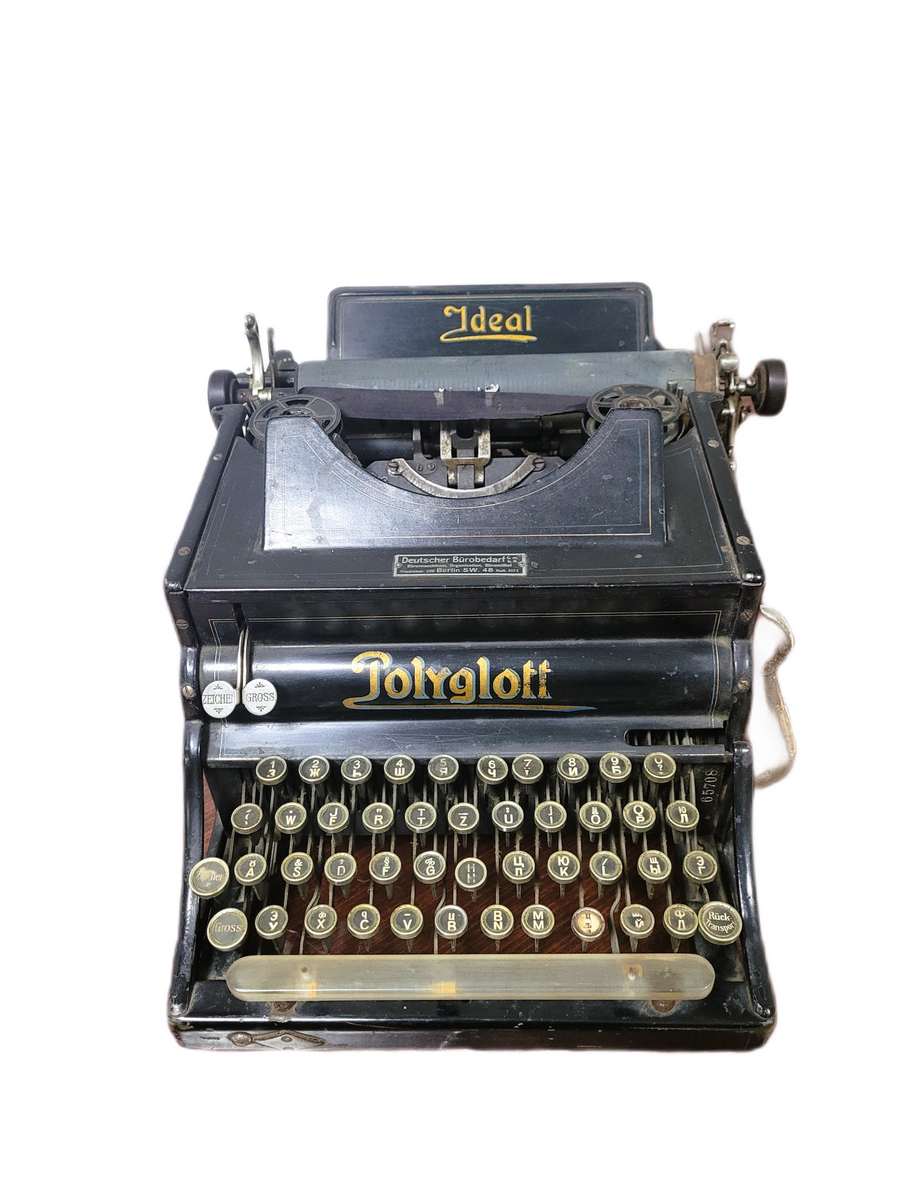
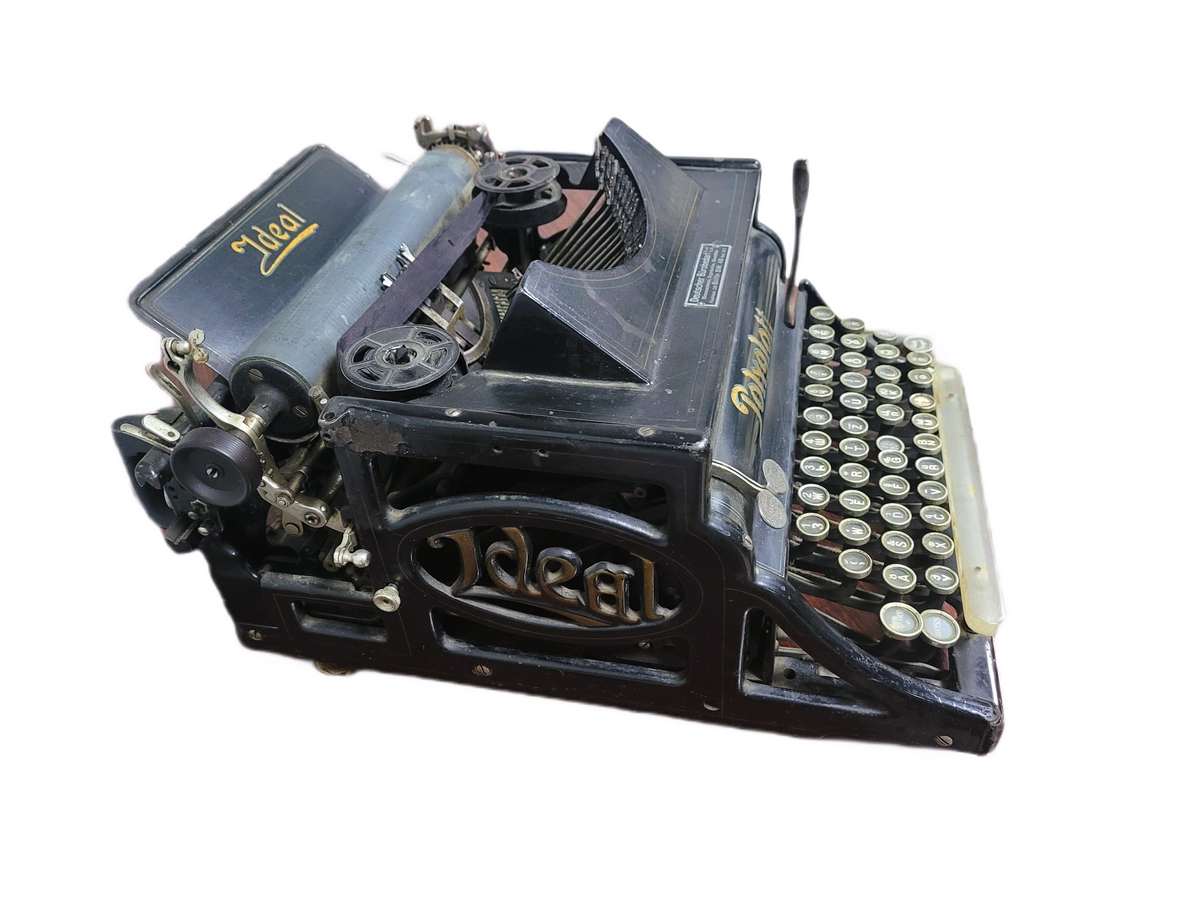 The side panels are elegantly decorated with refined cast-iron elements in the Art Nouveau style, displaying the brand name - "Ideal." The Polyglott model, featuring a bilingual keyboard patented in the United Kingdom by Max Klaczko from Riga, Latvia, was produced between 1902 and 1913, marking the first typewriter capable of writing in two languages. The "Ideal Polyglott" typewriter was actively sold in the Russian Empire and gained significant popularity in Poland, Bulgaria, and Serbia.
The side panels are elegantly decorated with refined cast-iron elements in the Art Nouveau style, displaying the brand name - "Ideal." The Polyglott model, featuring a bilingual keyboard patented in the United Kingdom by Max Klaczko from Riga, Latvia, was produced between 1902 and 1913, marking the first typewriter capable of writing in two languages. The "Ideal Polyglott" typewriter was actively sold in the Russian Empire and gained significant popularity in Poland, Bulgaria, and Serbia.






























